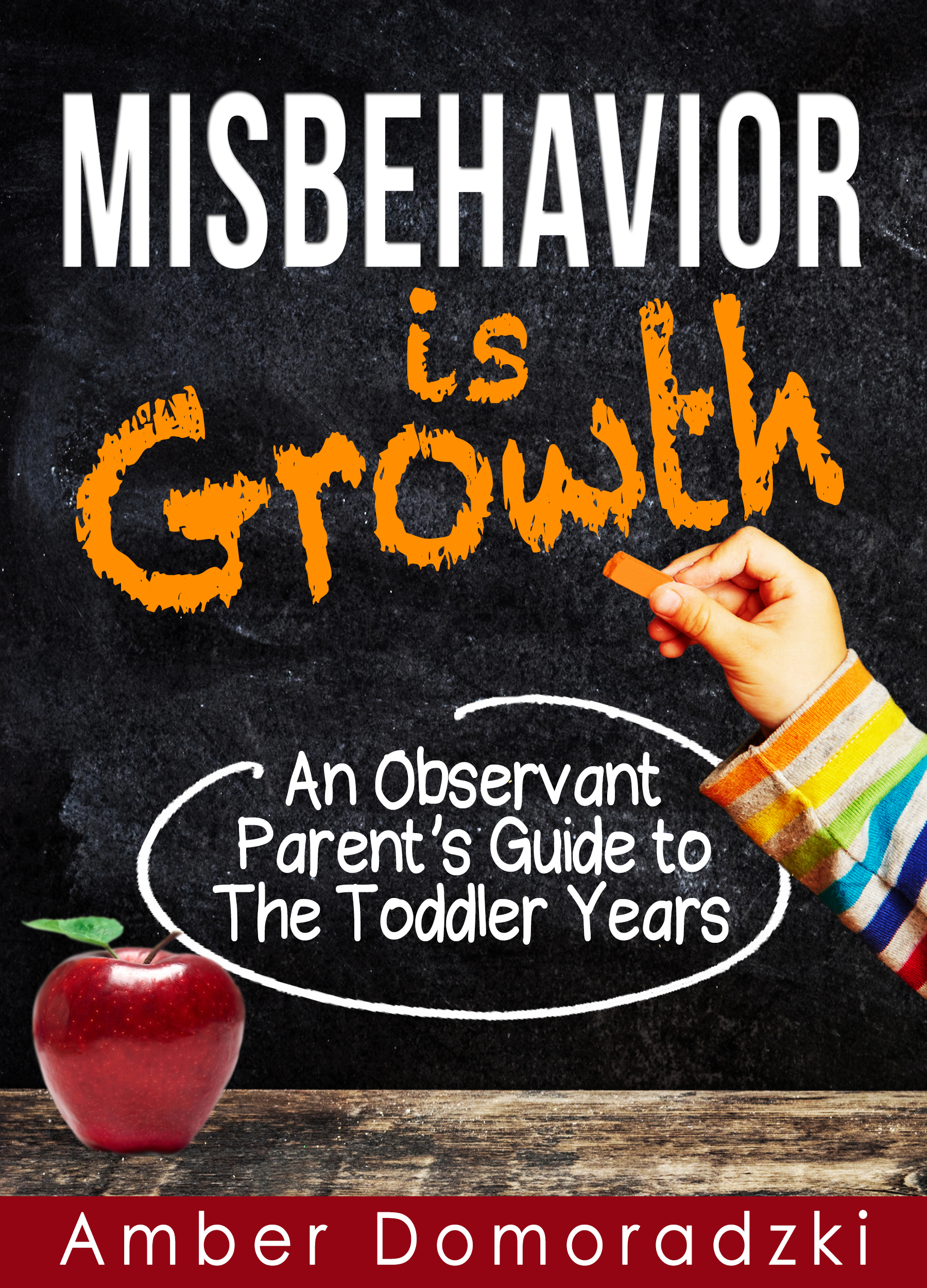Preschool Milestone 13, 3 years, 10 months-ish, brings with it a child who loves to race, be first, and absolutely hates to lose. It is called “Tests and Evaluates Complex Theories and Systems.” A child’s favorite thing to compare is themselves: Are they the fastest? The best?
This can create a lot of battles. For one, they may have a huge meltdown if their brother beat them to the van. If it’s a first child, they might make up their own yardsticks to compare themselves to. They might want to get to the van before you turn it on. (Meltdowns ensue if they don’t.)
One problem I faced at this milestone was trying to get a child out the door. I would ask my daughter to get her shoes on or go potty and I got defiance. I often found it wasn’t until I would walk outside of my house did she get motivated to do what I was asking. And at that point, it’s emotionally devastating to the child. Not only are they not the best, because you walked out the door before them, but mom is also abandoning them. It’s not a good situation. I found myself with both my oldest and my second oldest, my daughter, doing this however, because nothing else seemed to work (and I don’t use punishment on them).
I thought about the situation. How can I handle this desire to be first? Should I try to indulge it? Should I work on not comparing oneself to others so much? Should I work on their ability to focus?
First, one thing to do is anticipate the need. Before you ask them to leave, they probably need some comforting time with you before you leave. This is powerful and does help. If that doesn’t totally work, sometimes a more firm method is needed or rather, a clear expectation. This is what this yardstick idea is about.
One thing that I thought of with was to use the fact that they are comparing themselves to others things in a somewhat more benevolent way. So when trying to get out the door, instead of walking out of the house, I started counting to 3. Counting to 3 in this case served as a yardstick. And, it was a better one than mom leaving the house. My daughter, who loves to race, fully understood that she had to beat getting to 3. It held gripping power on her. There is no not trying to beat the clock to 3.
I would not say that the situations always go as smoothly as one would like. She was still sometimes upset by the idea that I might beat her before getting to 3. Further, what should I do if I get to 3 and she doesn’t do something? That really wasn’t a problem. The first time I did it, I had to get all the way to 3 just to show that I would count all the way up to the dreaded number. After this, when I say I am going to count to 3, she begs me to not even count. She usually then does what I am asking. Sometimes she asks me to count to 10 instead of 3. Not a problem. In fact, 10 might be the preferred number. Maybe 100. It is also not something that you have to follow up with at this age. There is no punishment at the end of 3. It’s a motivating yardstick and that is all. I want to add that this is less coercive and anxiety-producing than walking out the door to motivate a child. The main idea is to have tools that are as non coercive as possible in those situations where firmness may be needed.
I used this in an even more benevolent way one night when my daughter was screaming in a way that I thought someone must have seriously hurt her. She and her dad were doing a nighttime routine. They watch videos of songs before going to bed. He had told her no more videos, and she was crying as if someone were trying to seriously hurt her. It was an angry, rebellious, desperate cry. I listened to see how it was going. My husband was calm and handling it, but I just knew I had to go in. When I got in, my husband explained all this to me. I could feel the depths of despair my daughter had in the thought that she was not getting any more beloved videos that night. I could tell the agony was unbearable. I knew I had to get her mind completely off the videos.
I thought of this idea of using a yardstick to influence her behavior. I didn’t want to count to 3, because that sometimes makes her feel anxious with worry that she might not beat me by the time I get to 3. I wondered what would be a time frame that is much longer than counting to 3. I said to her, gently, “Can you lay on your pillow before the sun comes up?” I said it entirely benevolently. It was not with derision that I said it. She looked at her inviting pillow, nodded yes, and laid down. I asked her if I could sing a song. We finished normal bedtime routine with no more crying.

My husband, upon reading this post, thought of another way to use this yardstick. When she watches videos at night, he now sets an alarm on the phone. When it starts to go off, it’s so disruptive to watching videos and it’s such a clear indicator that her time is done that my daughter easily cooperates that her video watching time is done. I have no problem with things like alarms to limit screen time. I don’t see them as punitive. I see them as a yardstick: a clear, non-punitive way to communicate an expectation, usually related to the amount of time a child has.
I am not one for pressuring my children. But I certainly recognize the problem in getting 3 year olds out the door or to bed. This idea of having a non-punitive yardstick to compare themselves to may help in these situations.
See my book Misbehavior is Growth: An Observant Parent’s Guide to the Toddler Years
